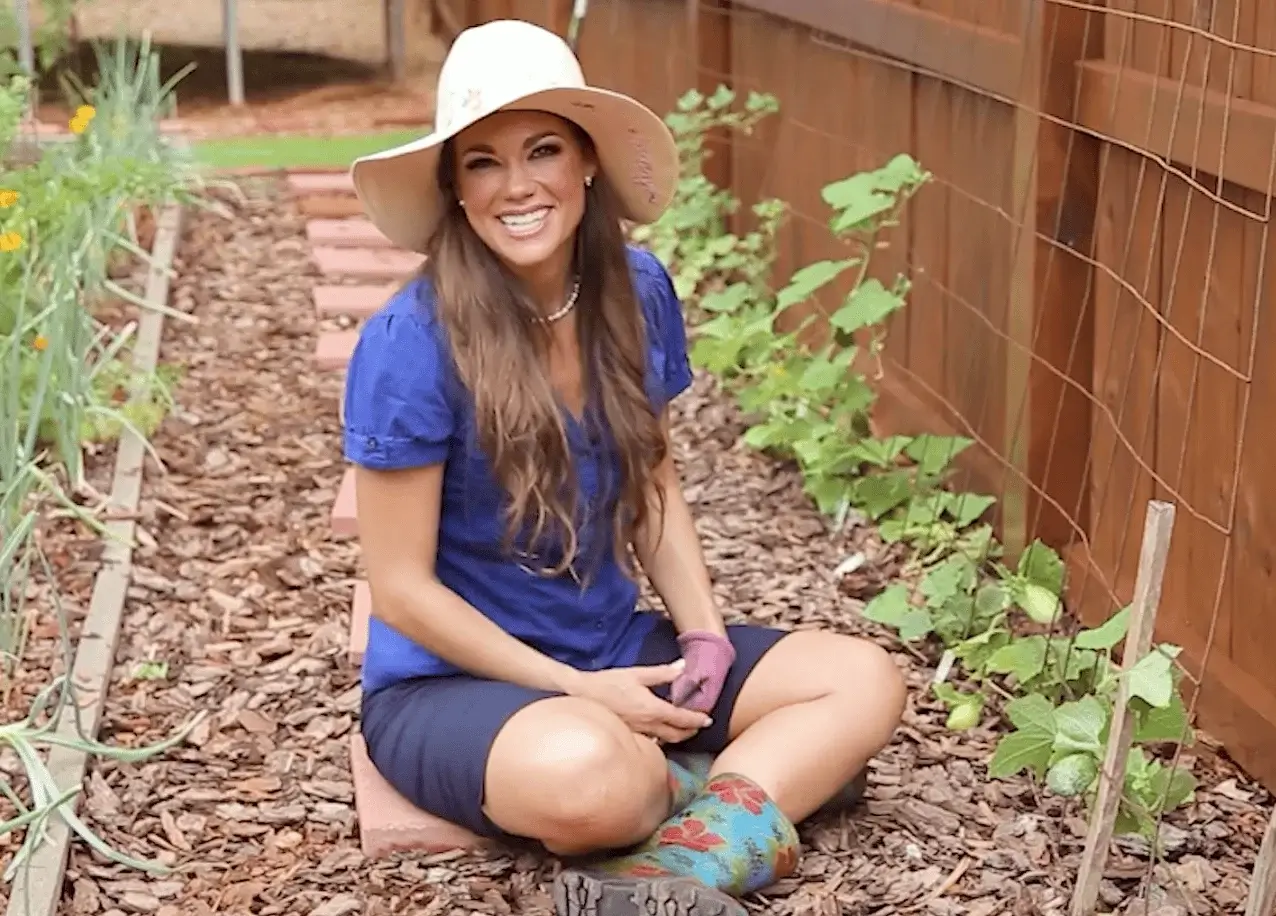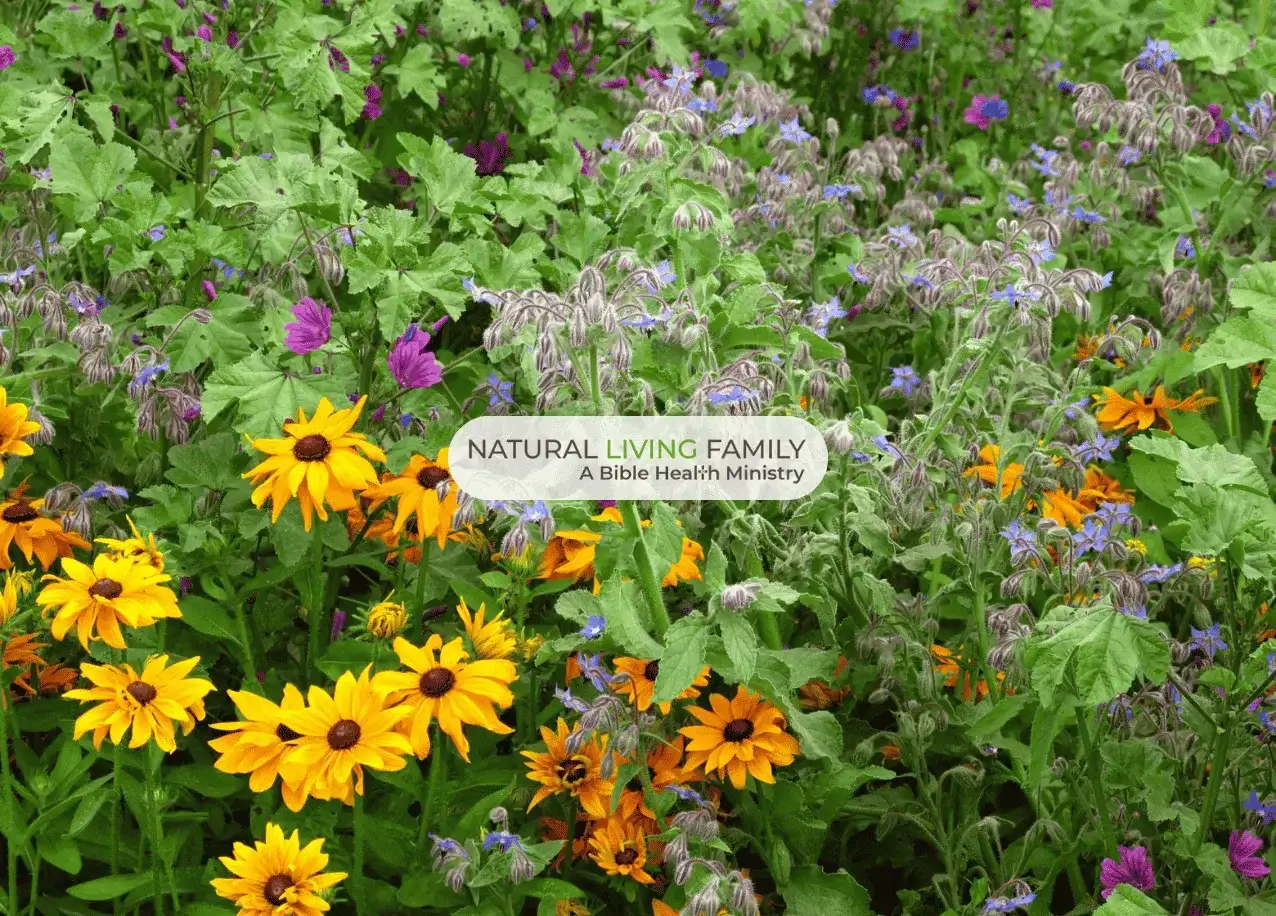One of my favorite things about spring is that it’s finally time to get my hands in the dirt. Once you’ve learned how to start your garden, you can get a jumpstart on the season long before summer crops like tomatoes are even a thought!
Whether you’re working with a raised garden bed, a container garden, or a backyard vegetable garden, early spring is the perfect time to plant cool-season crops and set yourself up for a successful garden all year long.
But where do you start?
That’s where I come in! I’ve been growing food since I was a little girl, learning from my parents (a culinary herbalist and an agro-scientist!) and selling fresh herbs at the farmers market. Gardening isn’t just about food—it’s about connecting with nature, feeding your family, and making memories.
But trust me—you’ll be amazed at the difference in taste when you grow your own food!
Table of Contents
Your Last Frost Date & Hardiness Zone
One of the biggest mistakes beginners make is planting too early and losing their crops to a late frost. That’s why knowing your last frost date is key! This tells you when it’s safe to transplant delicate summer vegetable seedlings and when to directly sow seeds for hardy vegetables that can handle a little cold.
You can plant your greens and hardier plants earlier rather than later, and the seeds will germinate when God quickens them according to the weather. But frost-sensitive plants could die.
How to Find Your Frost Dates:
- Look up your USDA Hardiness Zone by ZIP code.
- Check local gardening books or a garden center for recommendations.
This spring gardening guide is all about cold-tolerant plants, not heat lovers like tomatoes or peppers. Here’s a chart showing the first and last frost dates.
Once you know your danger of frost, plan your planting times accordingly:
- Cool-weather crops (like kale, peas, and spinach) can go in 4-6 weeks before the last frost.
- Hardier root vegetables (like beets and carrots) can be sown directly in the garden.
- Tender vegetables (like peppers and tomatoes) need to wait until late spring, when the soil temperature warms up. If you’re starting summer vegetables, check your seed packets for recommendations on when to plant them indoors. You’ll also want to make sure you have the proper lights for starting seeds indoors. I love my new full-spectrum lights.
For example, here in zones 7-9, I can get 9 months of growing time! But if you’re in zones 3-6, you’ll need to be a lot more mindful of frost protection and planting times.
Pro-Tip: You’ll want to make sure you have the proper lights for starting seeds indoors. I love my new full-spectrum lights. If you just have a few plants on a windowsill, you can use a full-spectrum, Briignite lightbulb in any traditional light fixture. If you’re starting more seeds, try LED grow lights with multiple heads or light panels for growing plants indoors.
How to Plan Your Spring Garden
Before you plant a single seed, you need to take a moment to plan your garden space. This will save you time and effort later on, plus it will make your gardening so much easier.
One of the first steps in gardening is planning on paper, and I highly recommend using garden schematic paper to map it out. This way, you can keep track of your layouts each year and see what works best. It also helps you plan how to start your garden and what you want to plant where.
The best spot for your vegetable garden will have:
- At least 6-8 hours of direct sunlight (leafy greens can handle partial shade)
- Good drainage (avoid areas where water pools after rain)
- Access to water (drip irrigation makes life easier, but a simple hose works too!)
I personally love raised beds because they warm up faster in the spring, they help with drainage issues, and they prevent root rot. If your soil is heavy clay, mix in organic materials like compost or sandy soil to improve aeration.
Pro Tip: If you’re limited on space, use companion planting! I always try to plant pollinator-friendly flowers like marigolds and sunflowers alongside my veggies to attract bees and beneficial insects.
What to Start Indoors vs. Direct Sow
Some plants need a head start indoors before transplanting, which gives them more time to establish strong roots. These can be started indoors 6-8 weeks before the last frost in repurposed salad containers. If you don’t want to start plants in commercially available seed trays, they make the best mini-greenhouses.
Start Indoors (6-8 Weeks Before Last Frost)
Try starting these in seed trays indoors.
- Brassicas: (Broccoli, Cabbage, Cauliflower, Kale) – These cruciferous vegetables are tough and cold-tolerant!
- Leeks and Onions: For stronger plant roots, start from seed indoors, or buy bulbs ready to plant in the ground.
- Lettuce & Swiss Chard: Easy to transplant and super nutritious.
Direct Sow (As Soon as Soil Can Be Worked, 4-6 Weeks Before Last Frost)
Some crops love cold weather and can go straight into the garden bed.
- Beets & Carrots: Slow to germinate but worth the wait! I use beets in one of my favorite juice blends.
- Cucumbers: We usually have one trellis next to the peas for cucumbers. I sow some seeds directly into the ground, and then I plant some already-started seedlings. That way, I have successive crops and can harvest for a longer time throughout the season.
- Fall-Planted Garlic & Onions: These fall-planted vegetables can grow all winter and thrive in cool-weather crops.
- Peas: (Shelling, Snow Peas, or Sugar Snap) – Quick to sprout in cool temperatures. We love these on our trellis.
- Radishes: Fast-growing root crops ready to harvest in just a couple of weeks.
- Rutabagas & Turnips: Fantastic for soups and roasting.
- Spinach & Other Leafy Greens: Great for early spring, but they bolt in hot weather.
Pro Tip: Sow bush, green, and pole beans in the same area as the peas, later in the season when the soil is warmer!
Protecting Your Garden from Late Frosts
Early spring can be unpredictable—one day it’s sunny, and the next, you’ve got frost warnings! Here’s how to keep your plants safe if you find yourself with a late frost.
Cold frames, cloche covers, and row covers: These protect delicate plants on chilly nights. You can use plastic bottle tops as DIY covers in a pinch.
Mulch – Insulates the soil and keeps roots warm. Adding a layer of mulch around your plants is a game-changer for organic gardening. It helps by reducing weeds, retaining moisture so you can water less often, and protecting your nourishing garden soil.
Succession Planting & Transitioning to Summer
Once cool-season vegetables start to fade, it’s time to rotate in summer crops. This is how you keep the harvest going!
The key to keeping your garden productive is succession planting—sowing new heirloom seeds every 2-3 weeks so you always have something fresh to harvest! Or, you can be ready with the next round of plants to replace what you’re currently harvesting.
- Once lettuce & radishes are done, replant the area with basil or summer squash.
- When peas start to fade, plant bush and pole beans for a warm-weather crop. The beans are easily sown as seeds directly between your pea plants so they get a head start!
- Mix in your annual flowers like marigolds to attract beneficial pollinators.
Get Ready to Enjoy Your Early Spring Bounty!
There’s nothing better than stepping outside in early spring and picking a bowl of homegrown greens, fresh radishes, and crisp peas for your family’s dinner.
Remember to start your garden journal if you don’t already. Have a copy of your schematic, record what you plant and when you plant it, and track your successes throughout the year.
Make sure you do a separate schematic for spring, summer, and fall seasons to help you manage each phase of your gardening season. Each year, I can look back at my flops and my wins and improve what I’m doing. Start it now so you don’t forget!
Spring is the perfect time to build a thriving vegetable garden—and with the right garden plan, high-quality seeds, and healthy soils, you’ll be harvesting before you know it!












